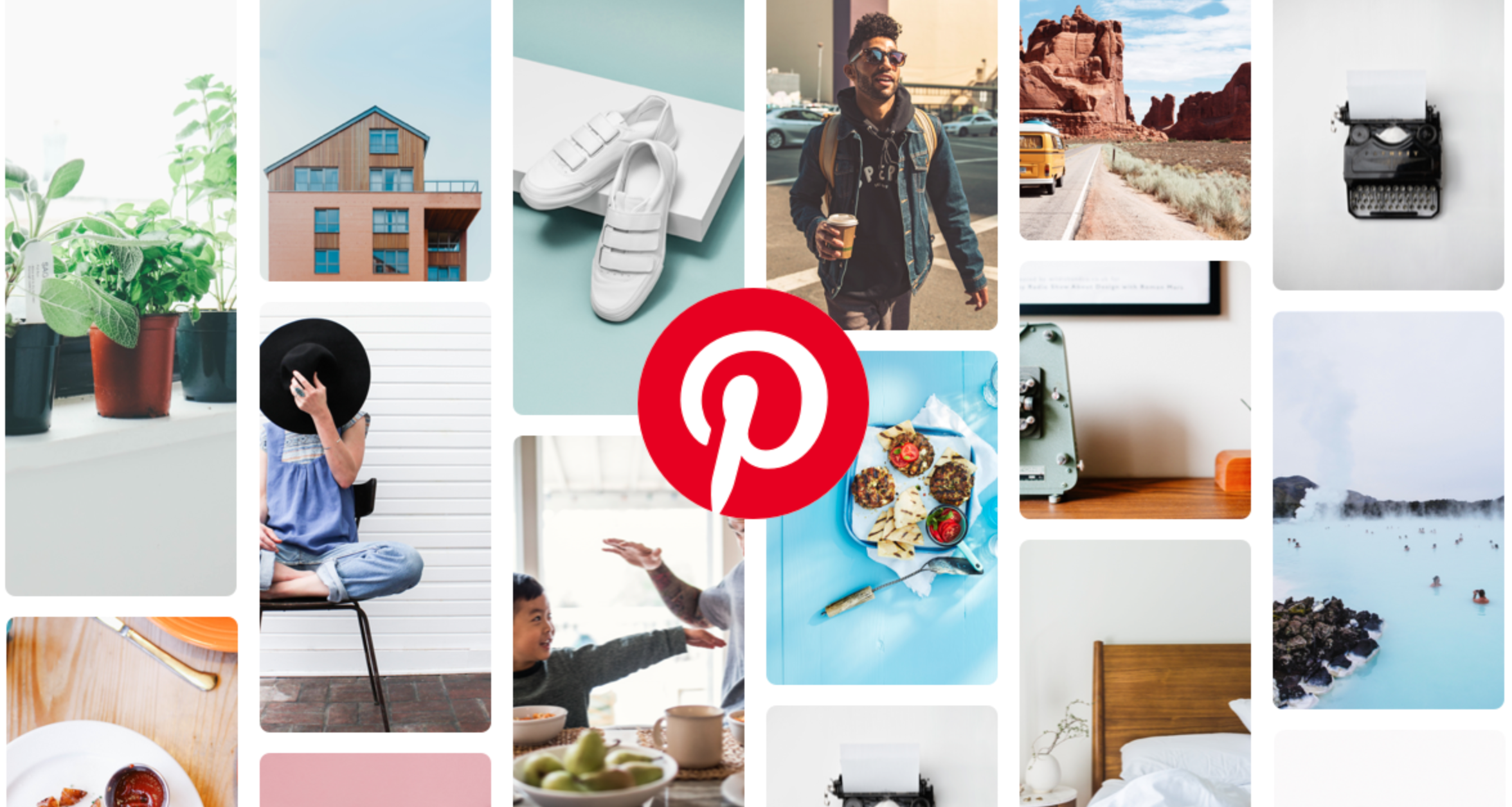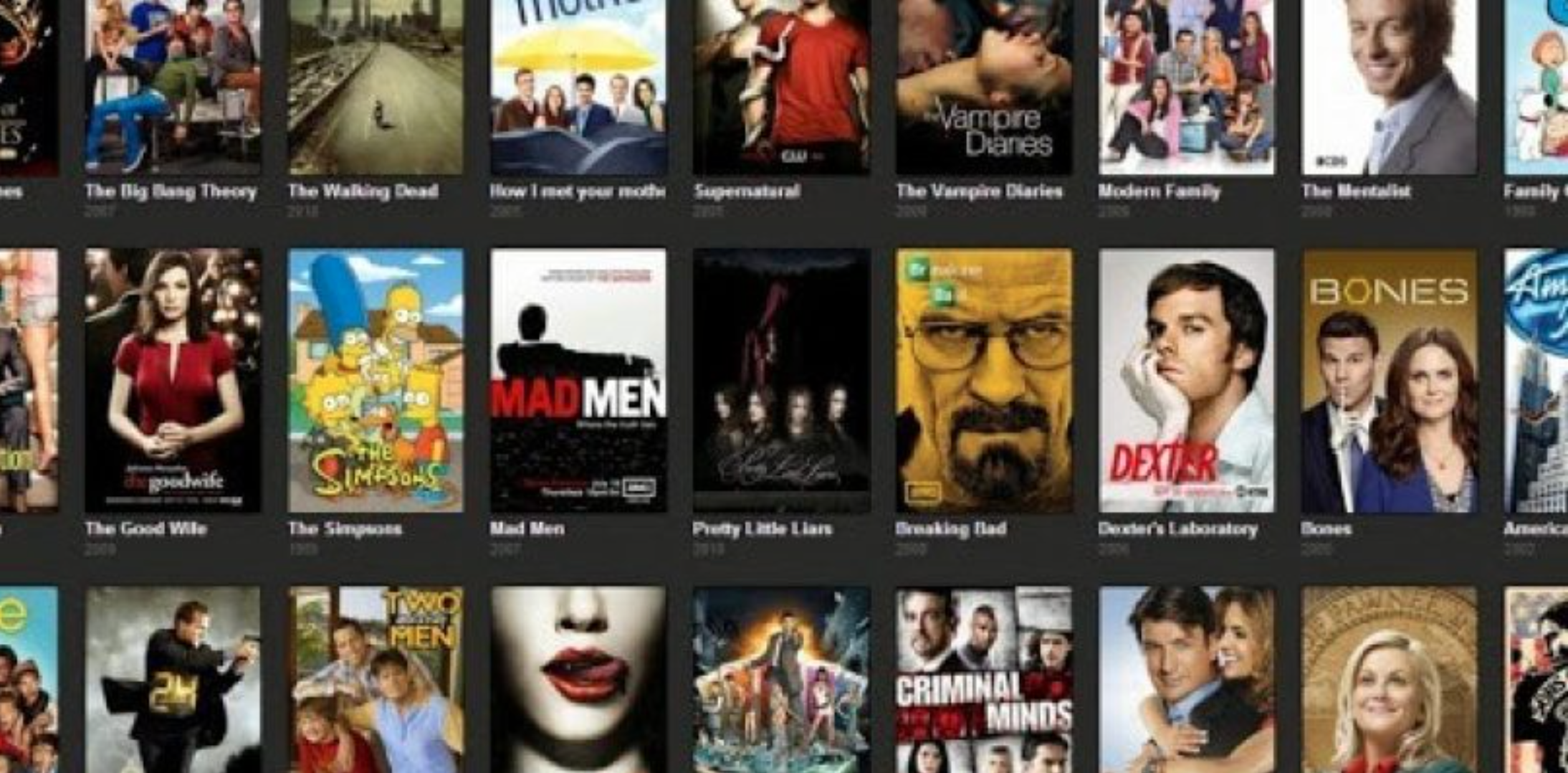Combine SEO and a visual platform, and you get… Pinterest!
That’s exactly what makes Pinterest stand out: It combines the power of search with visual content.
When used correctly, Pinterest can be a great advertising channel.
And according to the company, they deliver a 2.3x lower cost per conversion than ads on social media.
Were you thinking about getting your hands dirty with Pinterest Ads?
Below is a summary of the various ad forms you can use.
Table of Contents
Pinterest Promoted Pins
This is the most standard ad type. They’re similar to organic pins and have a native look.
You can use this ad type to:
- Raise brand awareness
- Promote engagement campaigns
- Drive traffic campaigns
Rich Pins
These are a type of organic Pin that automatically sync information from your website to your Pins.
They’re actually free, but you’ll need to apply in order to use them.
Shoppable Product Pins
In April 2020, Pinterest added a Shop Tab to make it easier for users to make a purchase based on a visual search.
And it also made it easier for shops to sell.
Product Pins allow you to gain a top spot in the Shop Tab, and come from two sources:
Catalogs
A scaled way to upload a data source of products.
Product Pins from catalogs can be added to product groups and promoted as shopping ads.
Rich Pins
Saved to Pinterest directly from a product page on an advertiser’s website.
These, however, can’t be promoted as ads.
Gen Z are early adopters of Pinterest
What was life like before the internet? For Gen Z (people born between 1997-2012), the answer is pretty simple: “No idea.”
Pinterest has recently published a comprehensive article on why this is a good thing (for your e-commerce brand at least).
Zoomers (a nickname boomers invented for Gen Z) are far more keen to find the next shiny thing that will set them apart, compared to their millennial counterparts.
Here are a few more stats about Gen Z that make them the perfect early adopters, according to Pinterest data:
- Being the “first” to try a new product is one of Gen Z’s primary motivations for purchasing.
- Gen Z bought 80% more new products in the last 12 months compared to other generations.
- Data shows that Gen Z will open their wallets if your product represents them in an authentic way. “Gen Z is the most individualistic and expressive generation we’ve seen yet,” according to Pinterest researcher Alvin Li.


